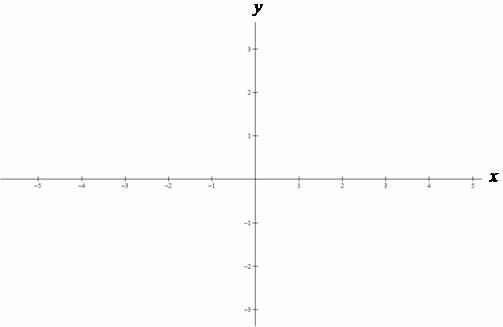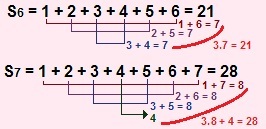The study of percentages makes reference to centesimal fractions, that is, those that have a denominator with a numerical value equal to 100. The expressions 10%, 12%, 25%, 50%, 78%, etc., are used in countless everyday situations. Let's understand its meaning through some demonstrations.
At Paulo's school, artistic work was carried out by the students. They painted a square canvas, made up of 100 little squares. Most students chose to make a mosaic. See the works:
Mosaic 1

From the total of 100 squares, we have that: 14 are blue and 18 are red. Therefore:
Blue squares → 14 out of 100 → 14/100 → correspond to 14% of the total.
Red squares → 18 out of 100 → 18/100 → correspond to 18% of the total.
Mosaic 2

From the total of 100 squares, we have that: 58 are green. Therefore:
Green squares → 58 out of 100 → 58/100 → 58% of the total.
Mosaic 3

Of the total of 100 squares, 36 are red and 16 are blue. Then:
Red squares → 36 out of 100 → 36/100 → 36% of the total.
Blue squares → 16 out of 100 → 16/100 → 16% of the total.
Mosaic 4

From the total of 100 squares, we have: 60 green, 36 yellow and 4 blue. Then:
Green squares → 60 of 100 → 60/100 → 60% of the total.
Yellow squares → 36 out of 100 → 36/100 → 36% of the total.
Blue squares → 4 of 100 → 4/100 → 4% of the total.
by Mark Noah
Mathematical
team school kids



